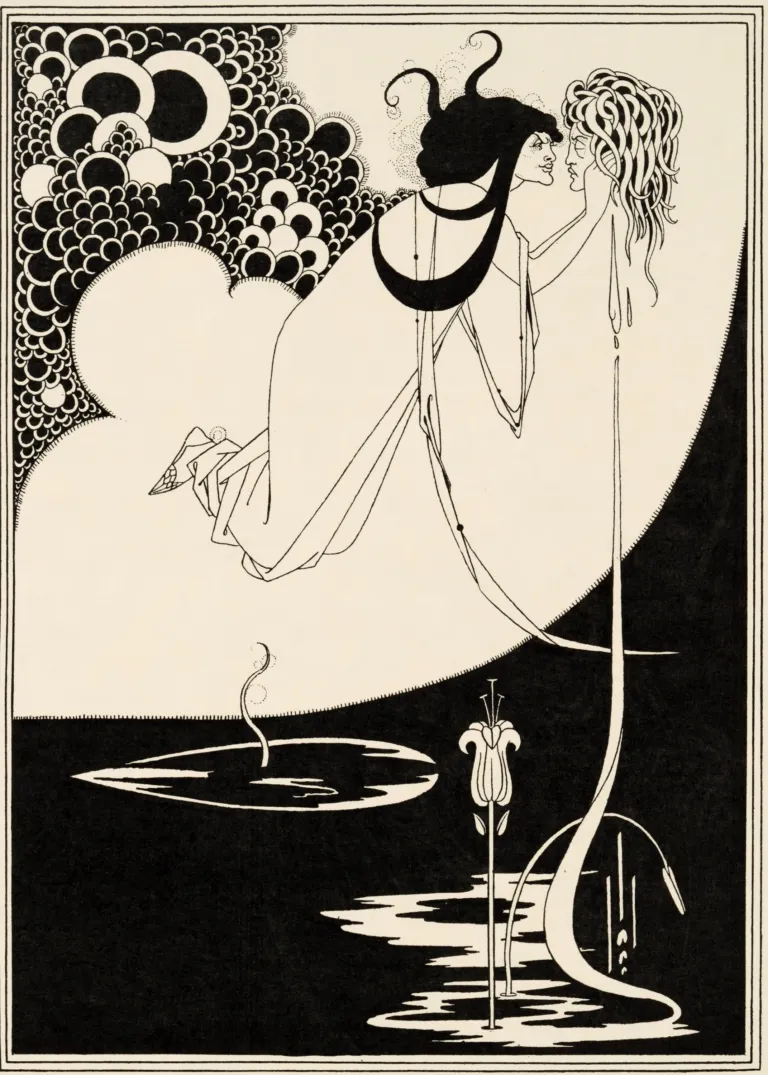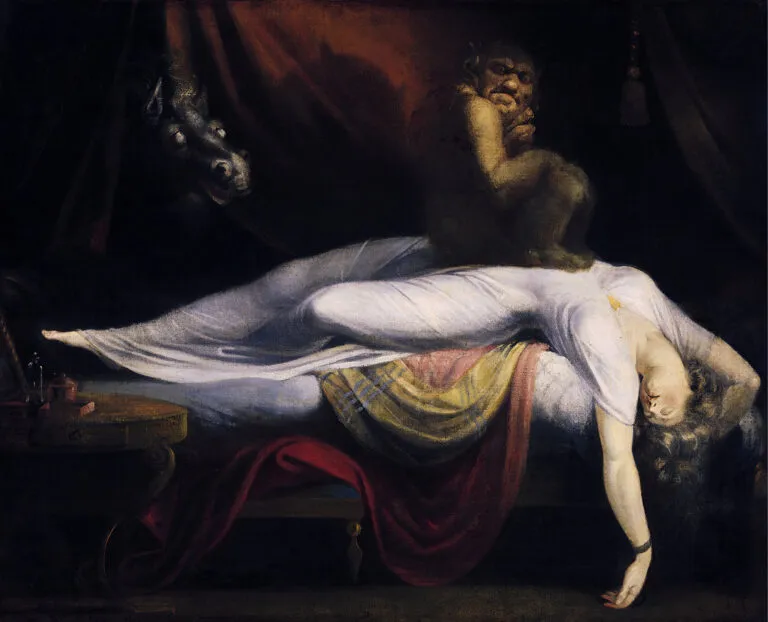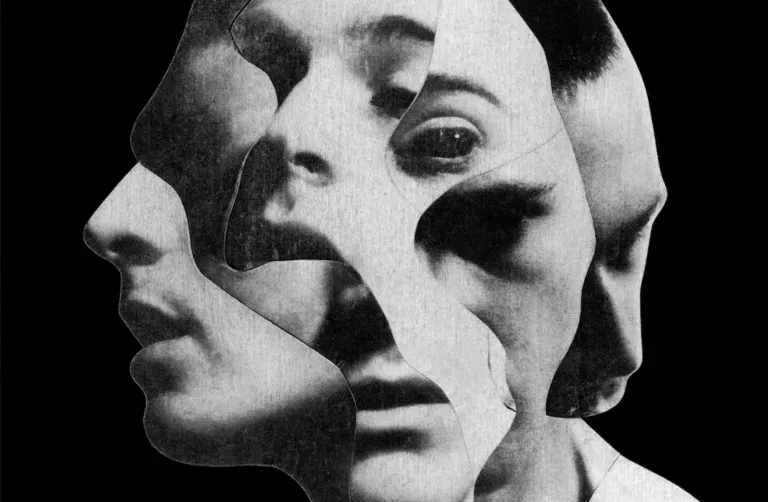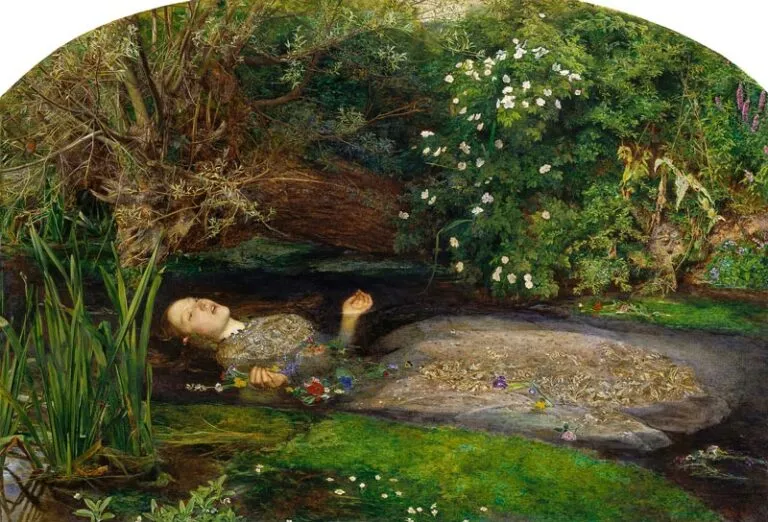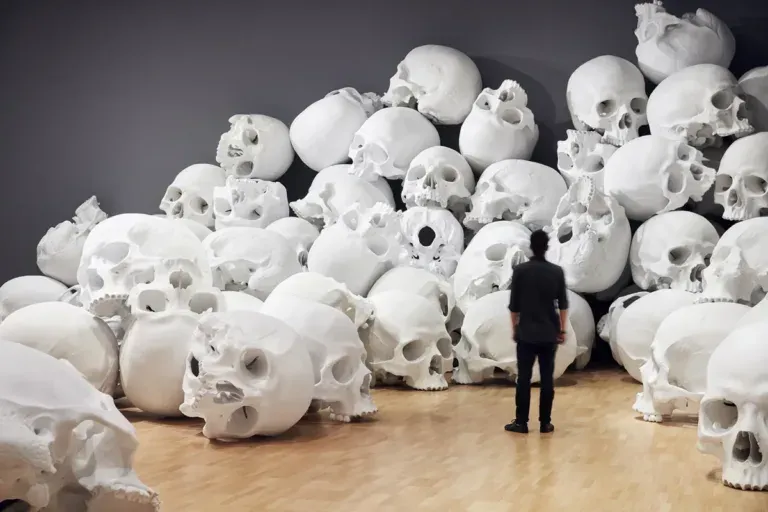Screaming Pope
“Screaming Pope” by Francis Bacon
A Masterpiece of Anguish and Expressionism
Francis Bacon, known for his intense and provocative painting, has created masterpieces that challenge perception and probe the depths of the human psyche. Among his most famous works, “Screaming Pope” emerges as an icon of expressionism and the distressing portrayal of the human condition.
Historical and Artistic Context
Created in 1951, “Screaming Pope” is part of a series of works inspired by Diego Velázquez’s famous portrait of Pope Innocent X. However, Bacon’s reinterpretation transforms the papal visage into a distorted, screaming figure, laden with intense emotion and torment.
Bacon’s Anguish and Expressionism
Bacon employs bold and dynamic brushwork to capture the despair and anguish in the pope’s face. The colors are intense, with shades of red and orange accentuating the drama of the scene. The deformation of forms creates a claustrophobic atmosphere, contributing to conveying a sense of discomfort and turmoil.
Interpretations and Critiques
“Screaming Pope” has elicited many interpretations and critiques. Some view the work as a reflection on the human condition, emphasizing the inherent pain and suffering in life. Others note the connection to religion and its role in creating guilt and psychological torment.
Legacy and Cultural Impact
Bacon’s work has had a lasting impact on contemporary painting, influencing numerous subsequent artists. His ability to explore the intimacy of human suffering through the use of form and color continues to be studied and admired in the context of modern art.
In Conclusion
“Screaming Pope” by Francis Bacon is a work that transcends the traditional concept of portraiture. With its emotional intensity and distorted interpretation, the work offers a profound glimpse into the human soul, inviting viewers to reflect on the complexity of human emotions.


